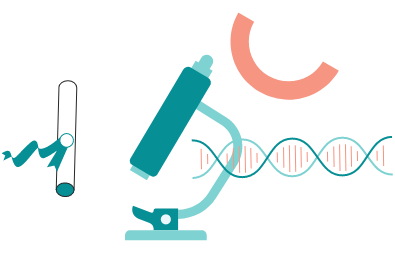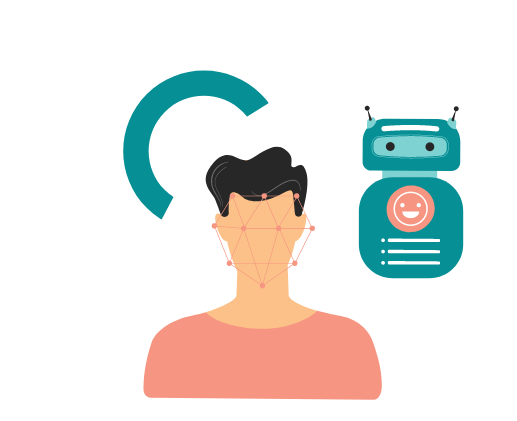AREAS OF INTEREST
Our research encompasses aspects of computing and education. We are interested in researching technologies that will allow us to improve the quality of the simulations we are developing and this takes us to applied software engineering, 3D and conceptual modelling as well as to computational geometry. We are also interested in improving the experience for learners and instructors alike; this takes us to research in cognition, evaluation of educational technologies as well as machine learning for improving our ability to provide useful estimates of what the learner has gained out of a simulation.


Education
One of our main pursuits is to explore whether a teaching scenario in Secondary or in Higher Education, that includes the use of Onlabs, helps students have a deeper content knowledge in science and a more productive first contact experience with the real lab equipment, than more traditional didactic methods.
For the scope of this research, we collaborate with different target groups and we assess the students’ conceptual understanding and experimental skills by applying a variety of statistical models and assessment methods.
In 2020, in the COVID-19 pandemic crisis, the need to investigate the contribution of a VR educational tool in the learning procedure of a laboratory course has become for us more imperative than ever. The field of science education faced new challenges. All the laboratory courses were cancelled as the students’ physical presence was mandatory. Our attempt to give responses to our research questions for the contribution of a VR lab in science education, obtained an extra and a more critical dimension. A VR software that remotely communicates to students basic experimental skills, could be the only solution in pandemic, or similar situations, if it is proved that it can enhance learning in science domains and help both students and tutors to perform science experiments, as if they were in the real school labs.

Machine Learning
Onlabs offers three different Modes: (a) the Experimentation Mode, where the human user performs freely any interaction he/she wants with the virtual lab equipment, (b) The Instruction Mode, where the human user conducts the experiment under written and vocal instructions. To lower the intrinsic load, the Instruction Mode divides the experiment into numerous steps, and (c) The Evaluation Mode, where the human user is being evaluated by the computer with respect to a particular experimental procedure. For the user’s evaluation, a scoring algorithm is designed.
Our scoring algorithm involves two different sets of weights with which the various partial scores are combined into a total score; one set of weights is used for the calculation of the success rate, that is, to which extent the user has made the necessary steps for the completion of the experiment; and another one is used for the calculation of penalty points, assigned when those steps were made in the wrong order. The Success Rate appears in either one of the following two forms; as computed by a Weighted Average or as approximated by an Artificial Neural Network. Both success rate and penalty weights have at first been defined intuitively, by us, using expert guidance. Nevertheless, our intuition is not always exact, and this is where machine learning is introduced, that is, for the calibration of those weights so that our scoring algorithm becomes more efficient. For the calibration of success rate weights, if success rate is in the form of a Weighted Average, we make use of an Interactive Genetic Algorithm; if it is in the form of an Artificial Neural Network though, we use the Back-Propagation method. The calibration of success rate weights in both cases is done offline, after various sessions have been played by a human user and assessed by several human experts. Considering the calibration of penalty weights, we use various tabular Reinforcement Learning techniques. In contrast to the offline calibration of success rate weights, the calibration of penalty weights is done in real time, by letting a Non-Playable Character play various sessions on its own.